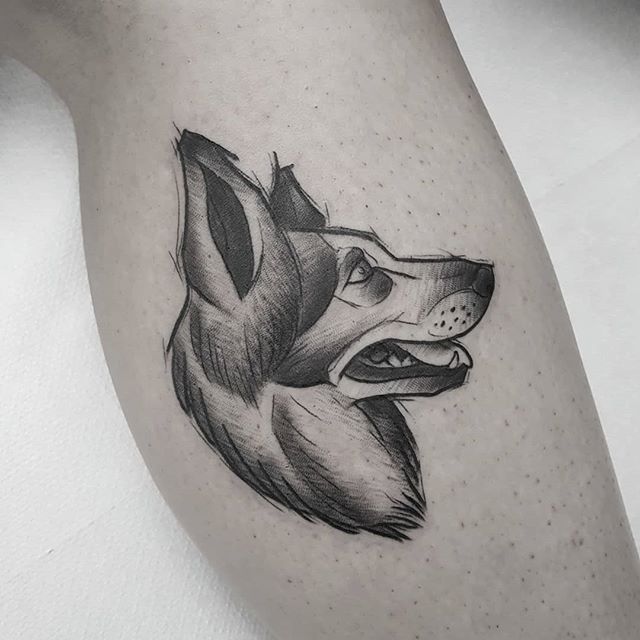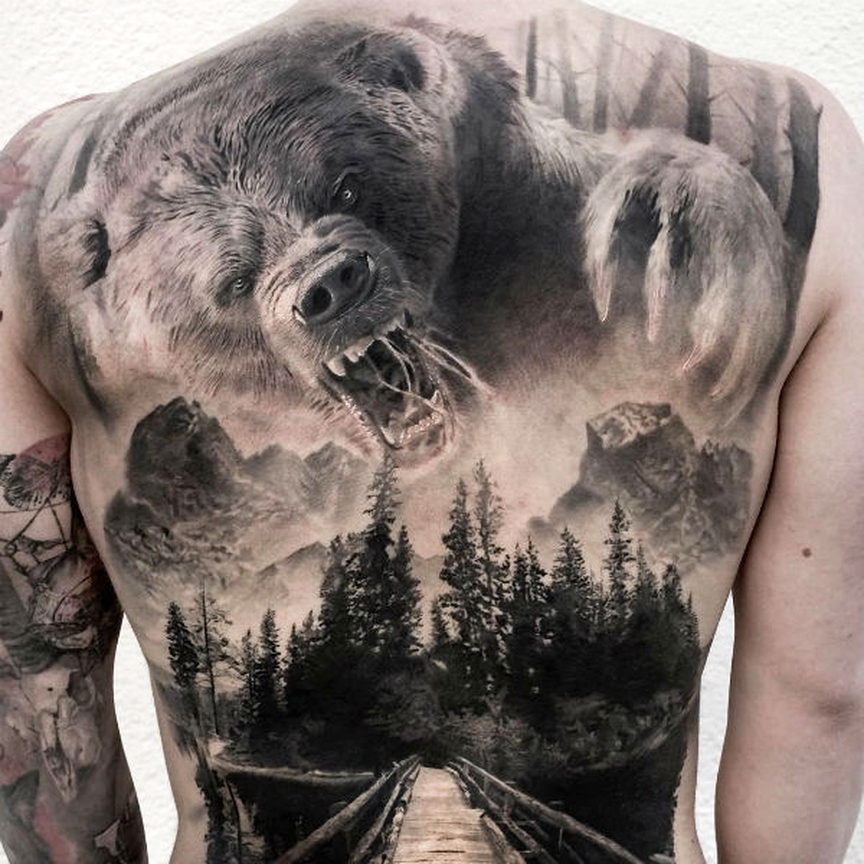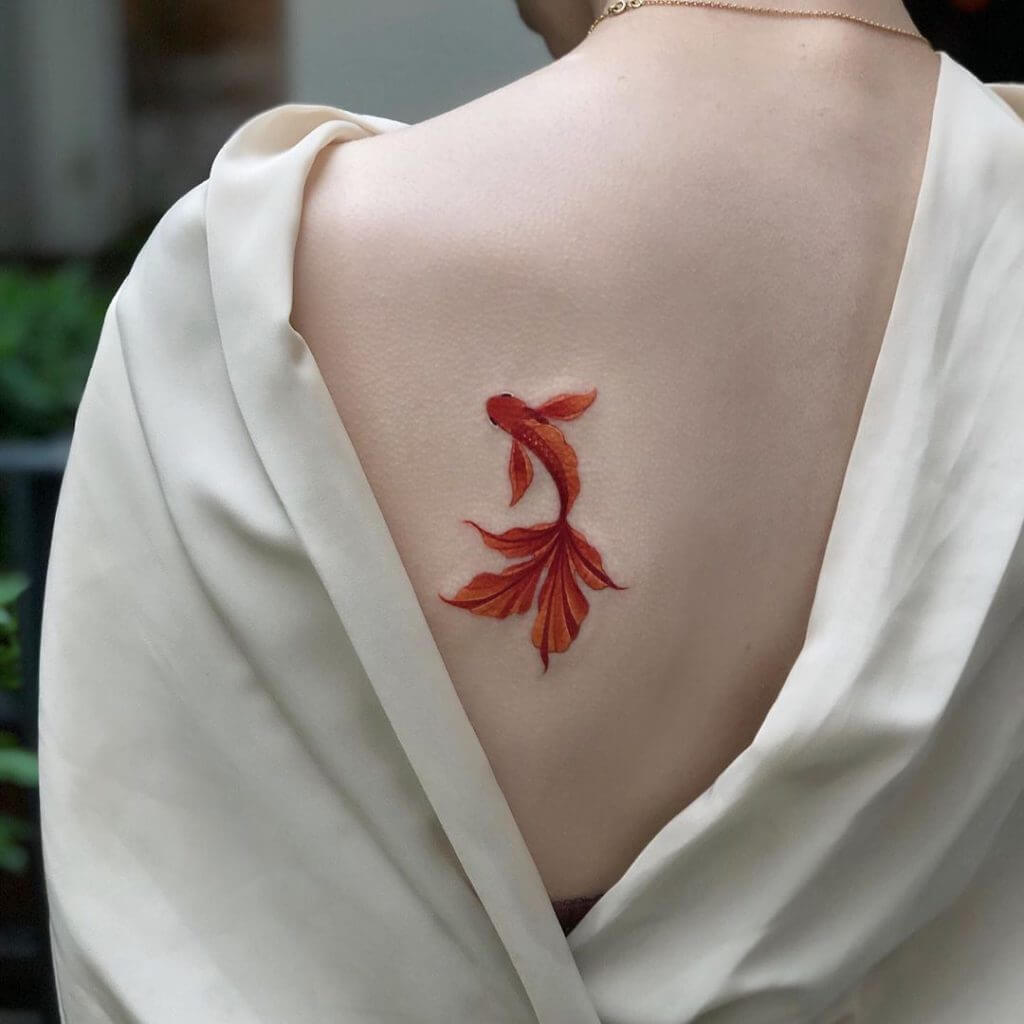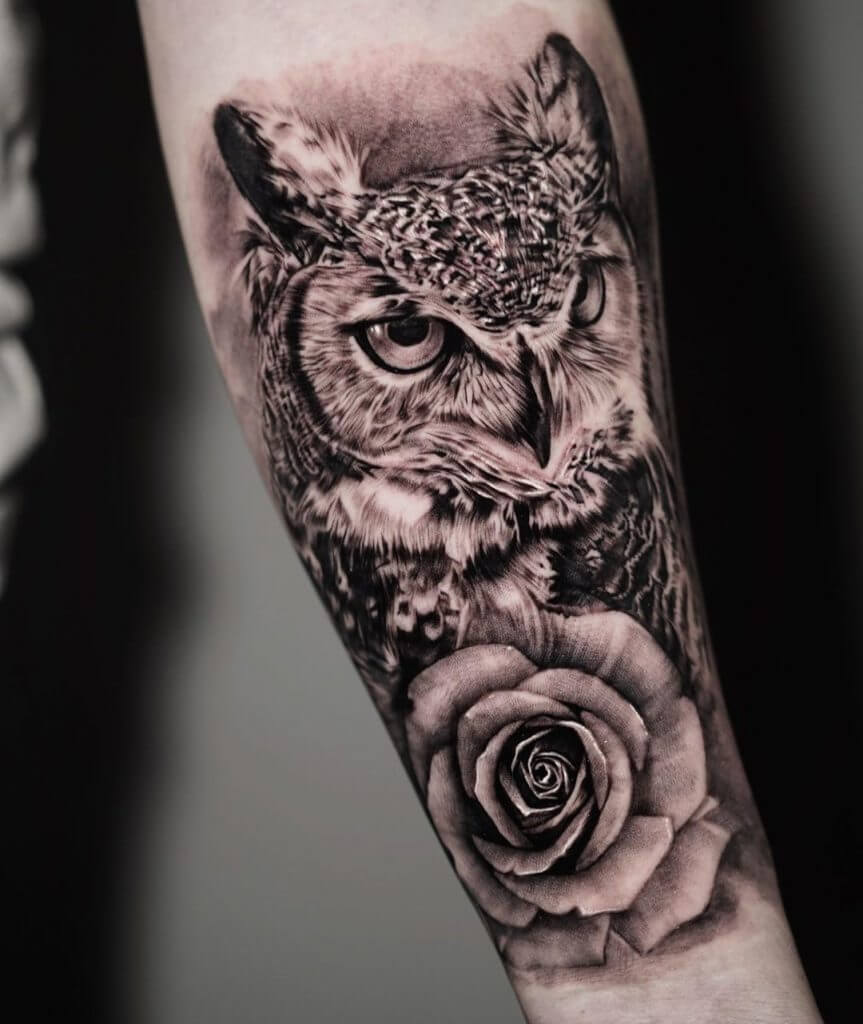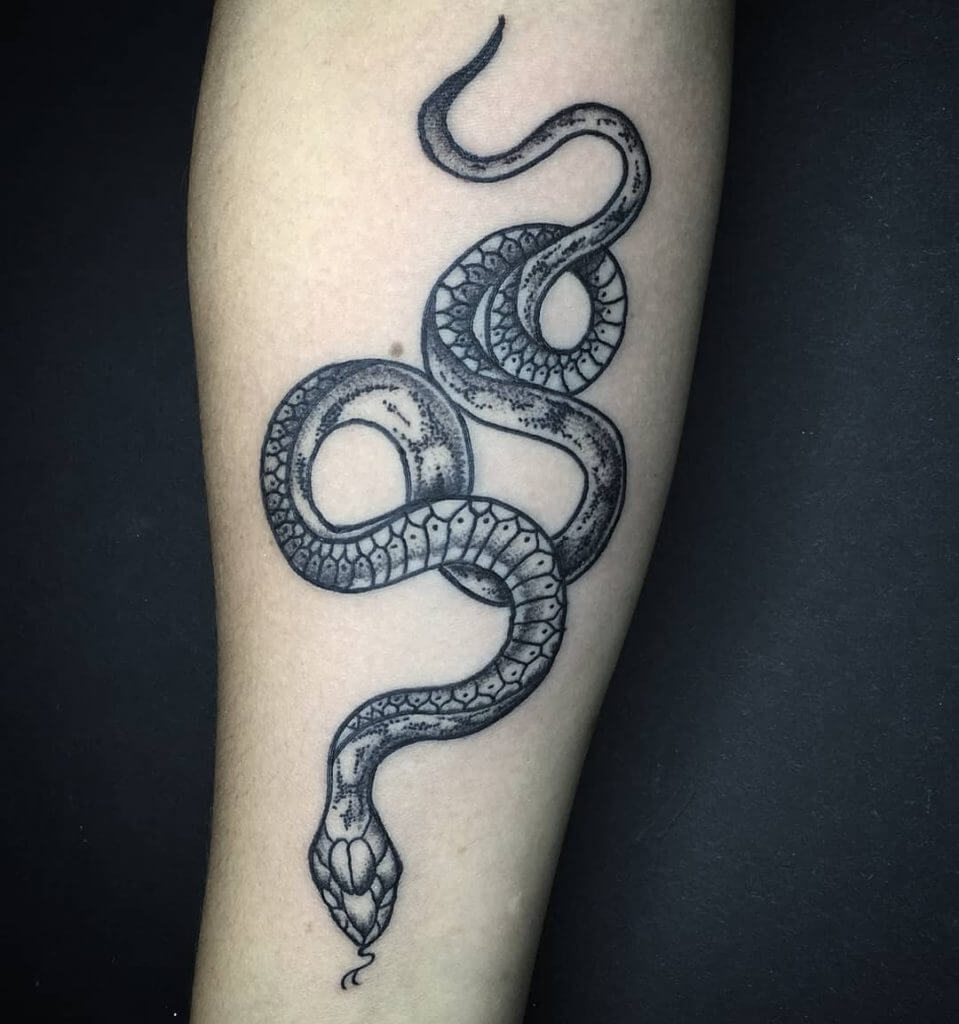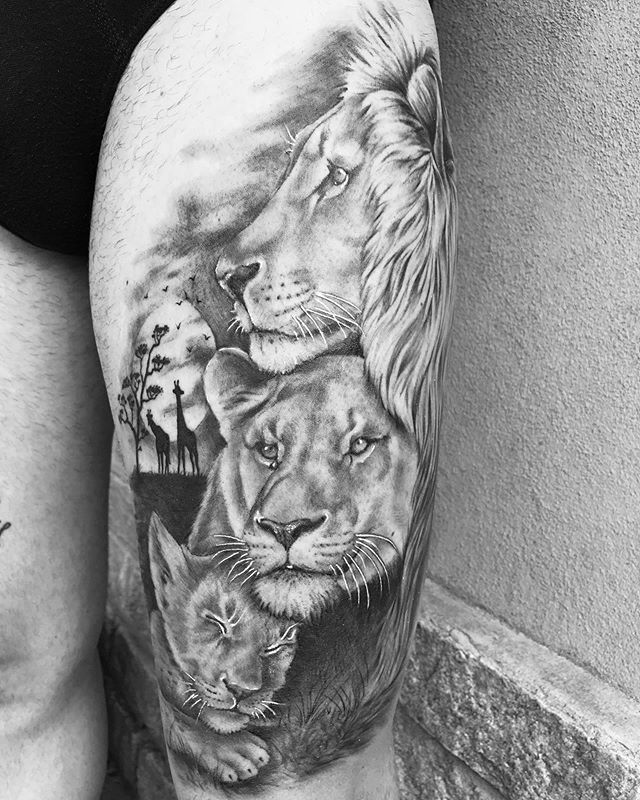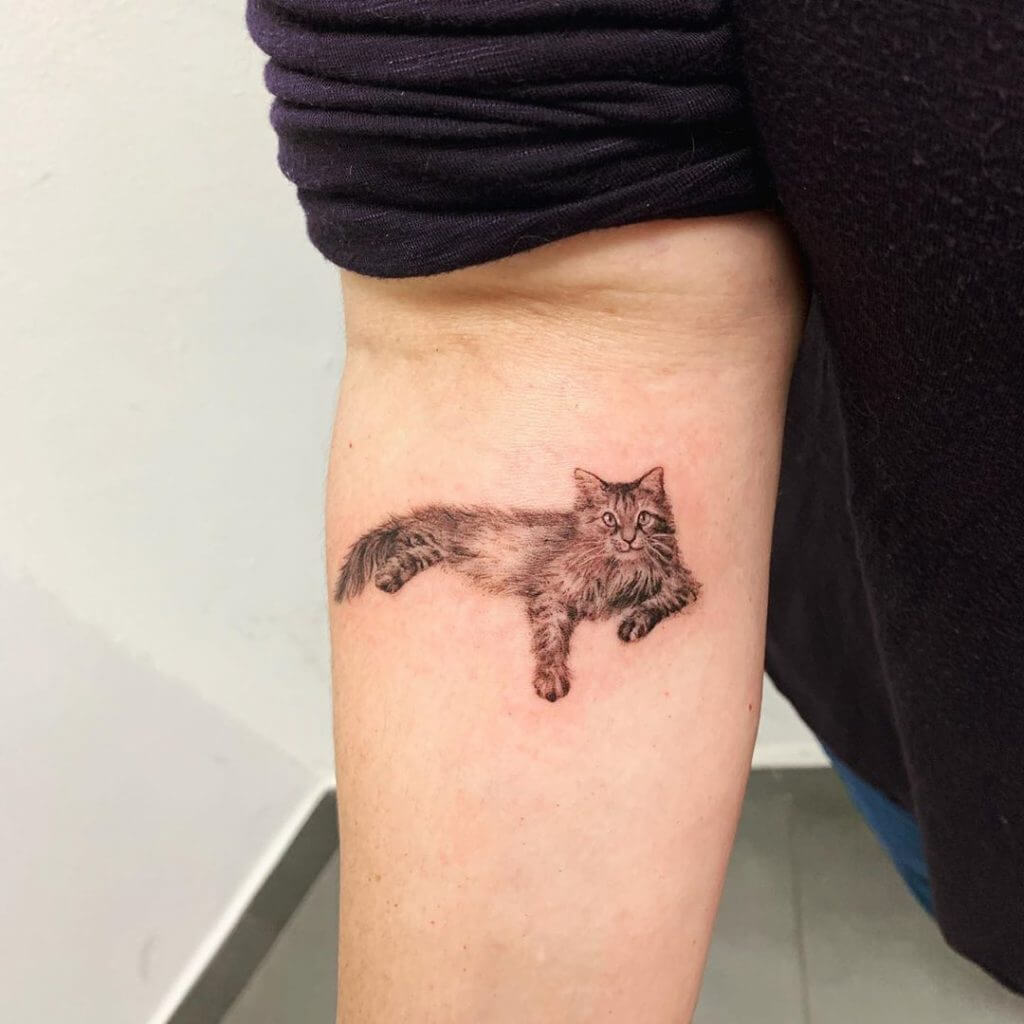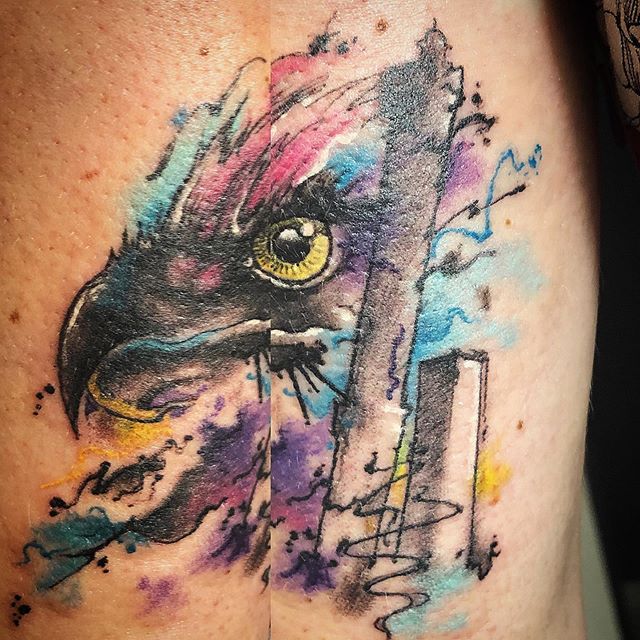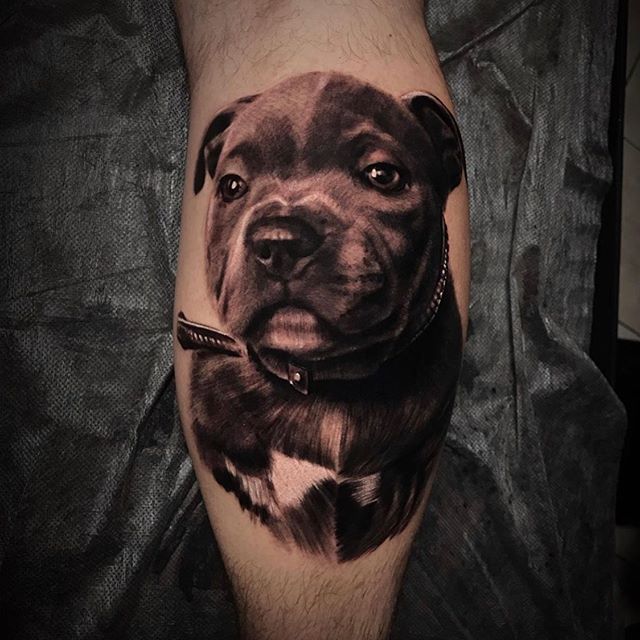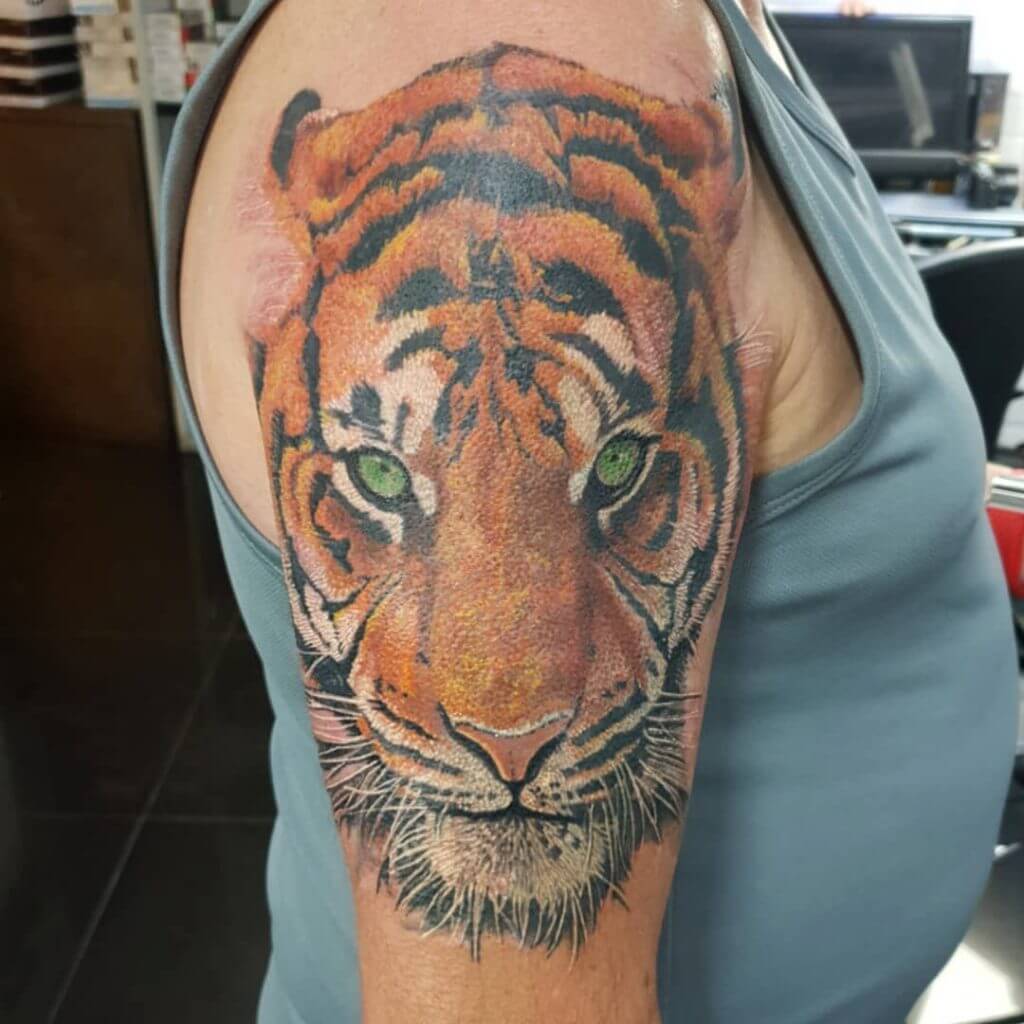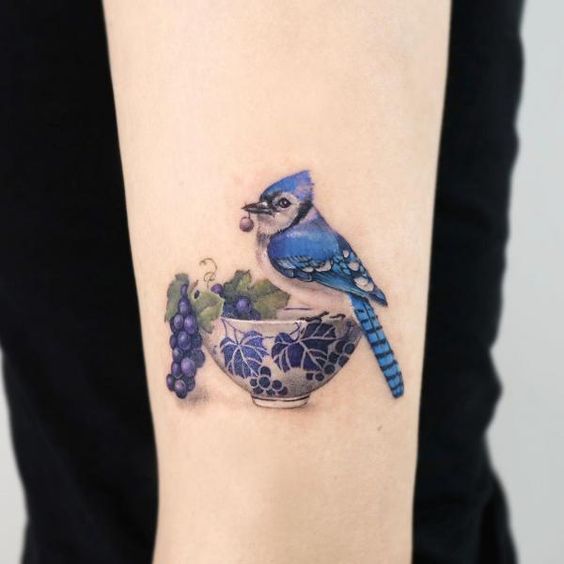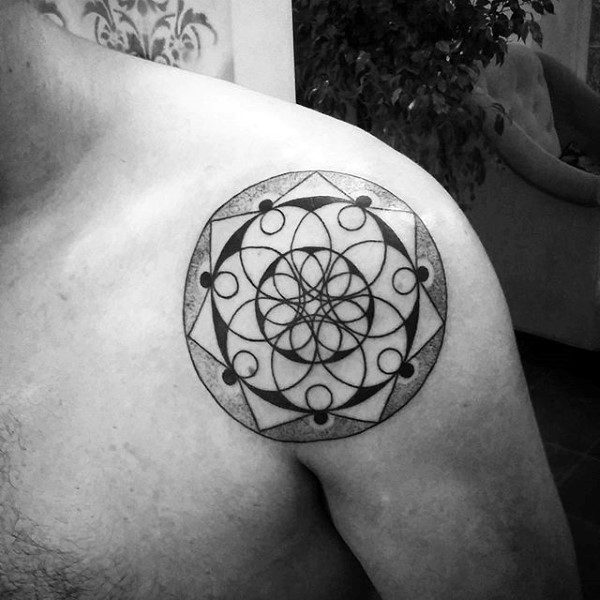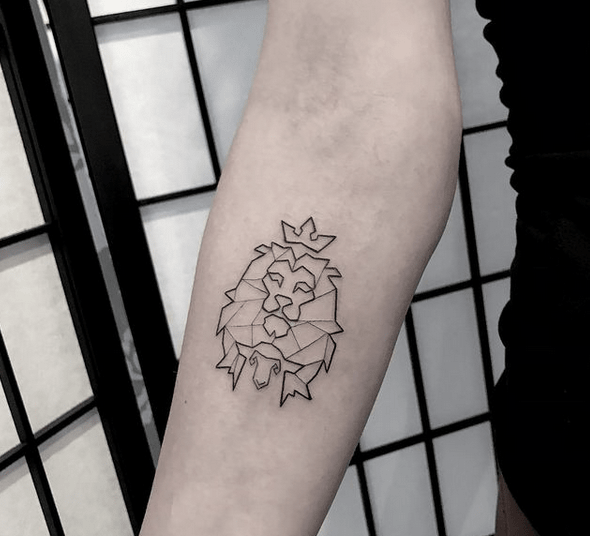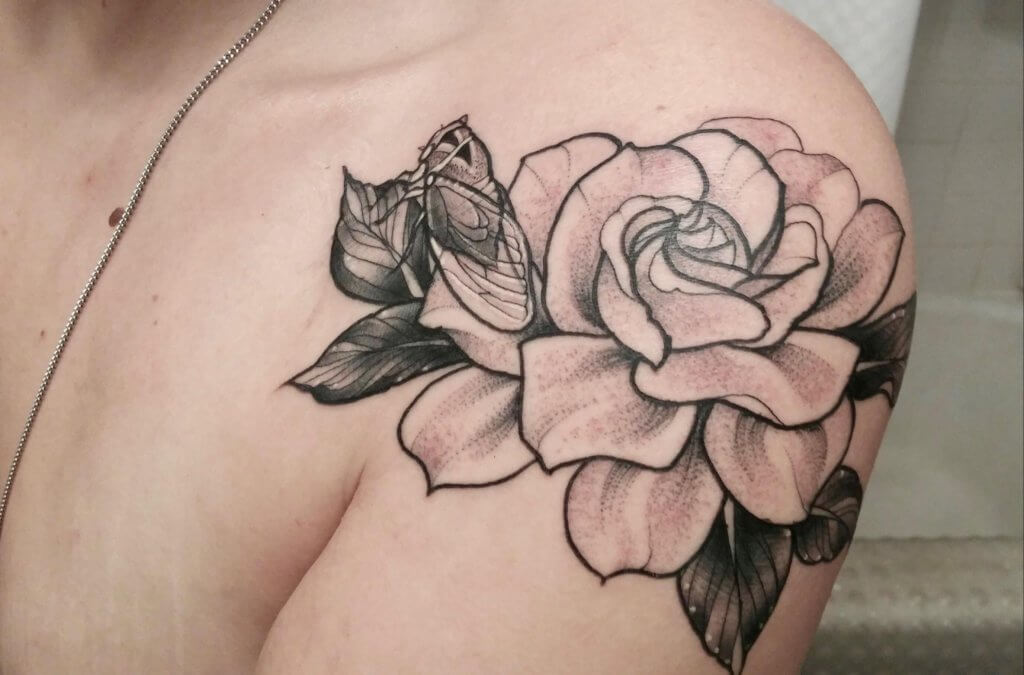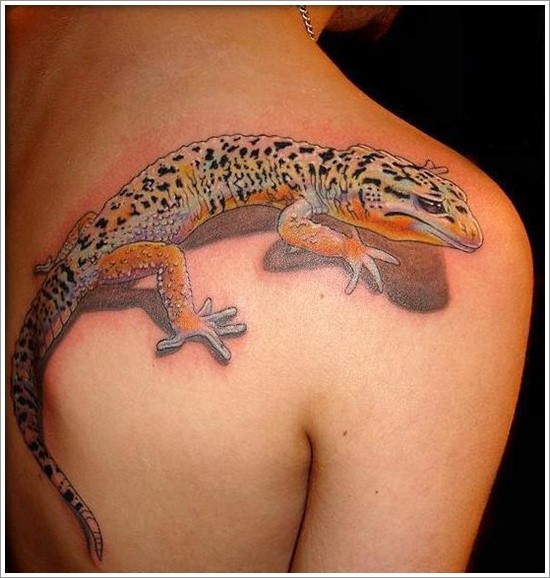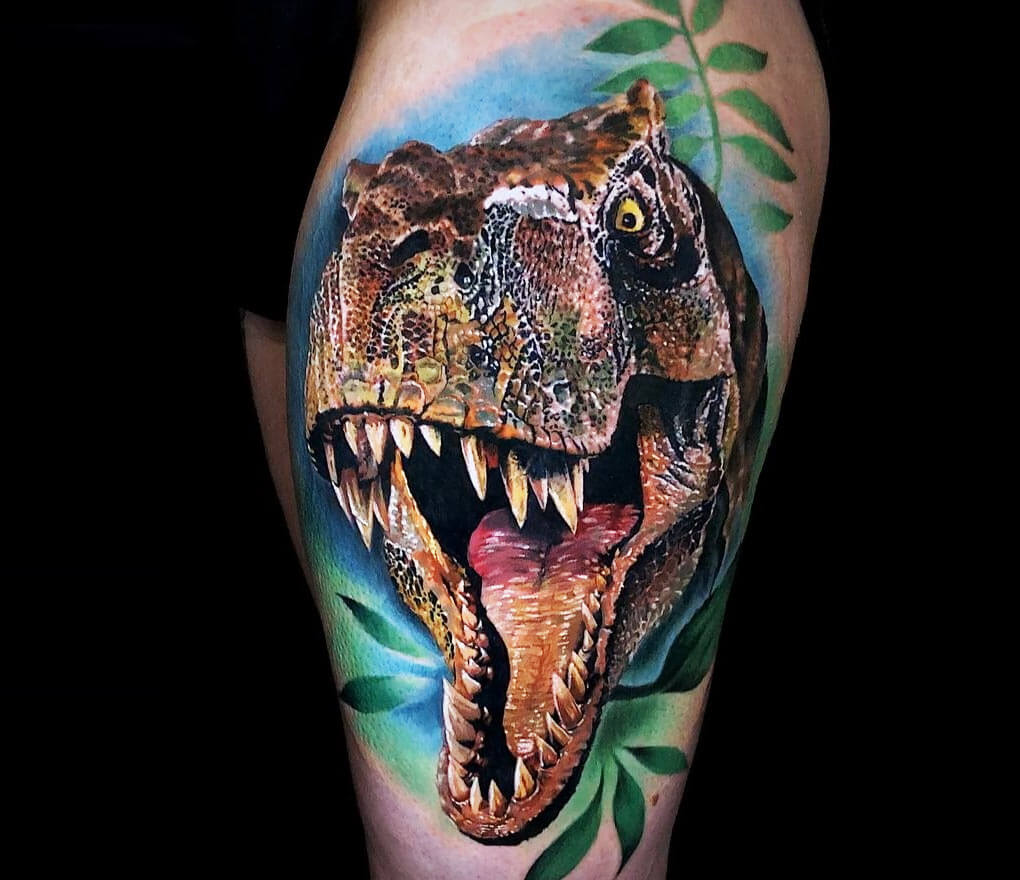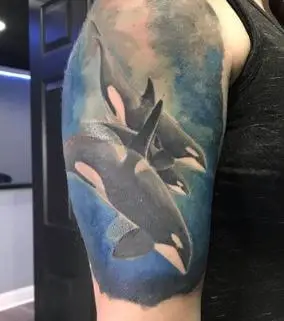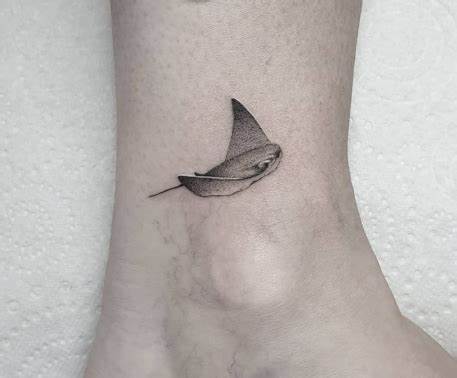Tattoos, more than mere marks on the skin, serve as a canvas for storytelling and personal expression. The hidden symbolism of tattoos has intrigued and fascinated people across cultures and ages. Each design, from the intricate lines of a tribal pattern to the vivid colors of a modern artwork, carries a depth of meaning often unseen at first glance. This exploration delves into the rich tapestry of meanings behind various animal tattoos, uncovering the layers of history, myth, and personal significance embedded in these enduring symbols.
Hidden Symbolism of Tattoo: Wolf
Many myths and legends portray the wolf as a symbol of a warrior. The Mongolian ruler Genghis Khan, considered a formidable fighter who established a vast empire, is said in Mongol myths to be a direct descendant of the wolf. Japanese tradition views a wolf tattoo as a protective talisman. When threatened, wild animals like wolves would seek human assistance. Siberian traditions call upon wolves to protect children or ensure the safe birth of newborns. Hence, the wolf’s frequent use in animal tattoos is not surprising.
A Bear
Indigenous Americans revered bears, believing they provided a connection to the spiritual world, and conducted numerous rituals in their honor. The Sioux tribe saw the bear as a healing animal. A legend tells of a sick bear that recovered after eating sorrel leaves, a discovery the Sioux recognized as medicinal. In Nordic culture, bears often represent Odin, the highest god.
Hidden Symbolism of Tattoo: Koi fish
In Japan, the koi carp symbolizes happiness, success, and also perseverance in adversity and willpower. Buddhism associates it with courage. An ancient Chinese legend says that a carp transforming into a dragon upon swimming upstream through the Yellow River waterfall at Dragon Gate symbolizes effort and growth. The legend further states that a carp caught while ascending the waterfall will calmly await its fate, much like a samurai facing a sword.
An Owl
Owls, capable of seeing far beyond human potential, are considered spiritual animals that reflect our deepest fears. These mystical creatures have fascinated humans since ancient times, partly because we don’t fully understand them. Consequently, Egyptians, Celts, and Hindus attributed supernatural abilities to them, like guardianship over darkness, protection of the dead, and guidance for lost souls.
Hidden Symbolism of Tattoo: Snake
While generally viewed negatively, the snake in Japan escapes the biblical association with sin and evil. Japanese traditions respect the snake as a symbol of life’s regenerative nature. Historical records indicate its use in Japanese religious ceremonies. Snakes represent wisdom, knowledge, life, and change (due to shedding their skin). However, due to their venomous bites, they also symbolize death, eliciting fear, reverence, worship, and persecution.
A Lion
The lion, a symbol of strength, vitality, pride, and royal status, stands out among other animal species. Ancient Egyptian art depicts two lions facing opposite directions, symbolizing the Sun’s journey from East to West. In Egypt, Babylon, Assyria, China, and Japan, lion statues guarded temple entrances, signifying their strong protective nature.
Hidden Symbolism of Tattoo: Cat
Cats, like dogs, have maintained a close relationship with humans since ancient times. Ancient Egypt perhaps recognized and revered cats the most, believing them to be reincarnations of the moon goddess Bastet, protector of the Pharaoh and sacred Mother. In the Roman Empire, cats symbolized motherhood, hunting prowess, and household protection, believed to bring happiness and prosperity to every family member.
An Eagle
Regarded as the King of Birds, eagles in ancient Greece symbolized male strength and vitality, often linked to Zeus, the supreme god, and his lightning. Native Americans viewed eagles as bearers of spiritual power, messengers of the Gods due to their ability to soar at great heights. Centuries later, the bald eagle emerged as a symbol of the United States of America.
Hidden Symbolism of Tattoo: Dog
Dogs, human companions for over 40,000 years, have naturally become family members, friends, protectors, and even soul guards in many cultures. They play integral roles in numerous ceremonies, and Mayan and Aztec traditions involved burying dogs with the deceased to accompany them in the afterlife.
A Tiger
Ranked as the most popular animal by Animal Planet magazine readers, the tiger embodies the unrestrained life many aspire to. Driven by instinct rather than reason, tigers connect directly with the Sun’s power. They epitomize wildness, invincibility, and strength. In most parts of India, tiger symbols denote invincibility, while Chinese tradition regards the tiger as a protector of the dead.
Conclusion
In conclusion, the hidden symbolism of tattoos reveals much more than aesthetic appeal; it offers a glimpse into the depths of human culture, belief, and personal identity. Each animal motif, steeped in history and myth, conveys messages of strength, resilience, spirituality, and connection to nature. As we explore these meanings, we gain insight into the intricate tapestry of human expression and the enduring power of symbols in our lives.
